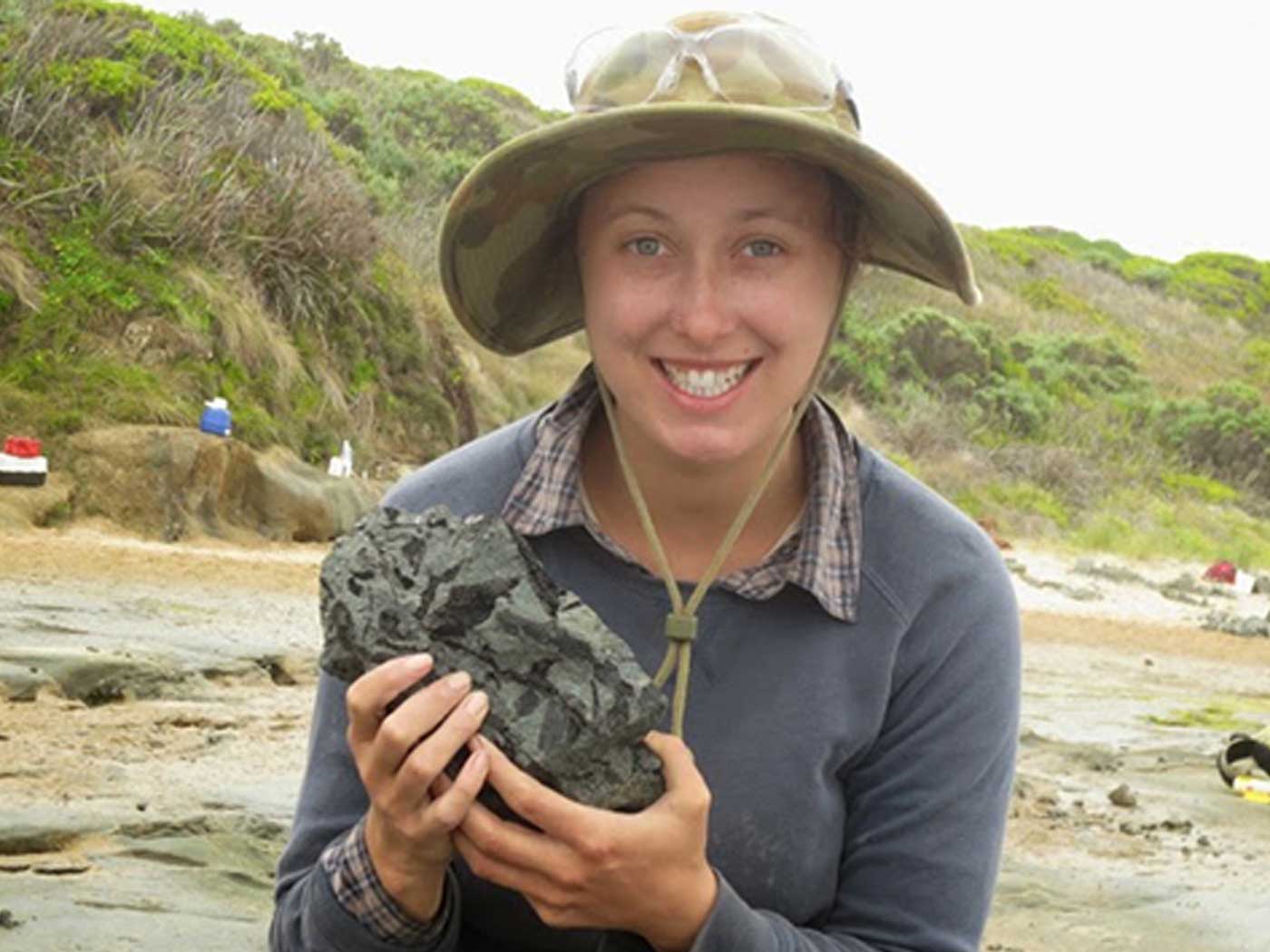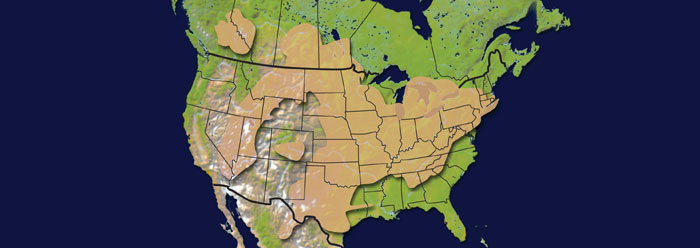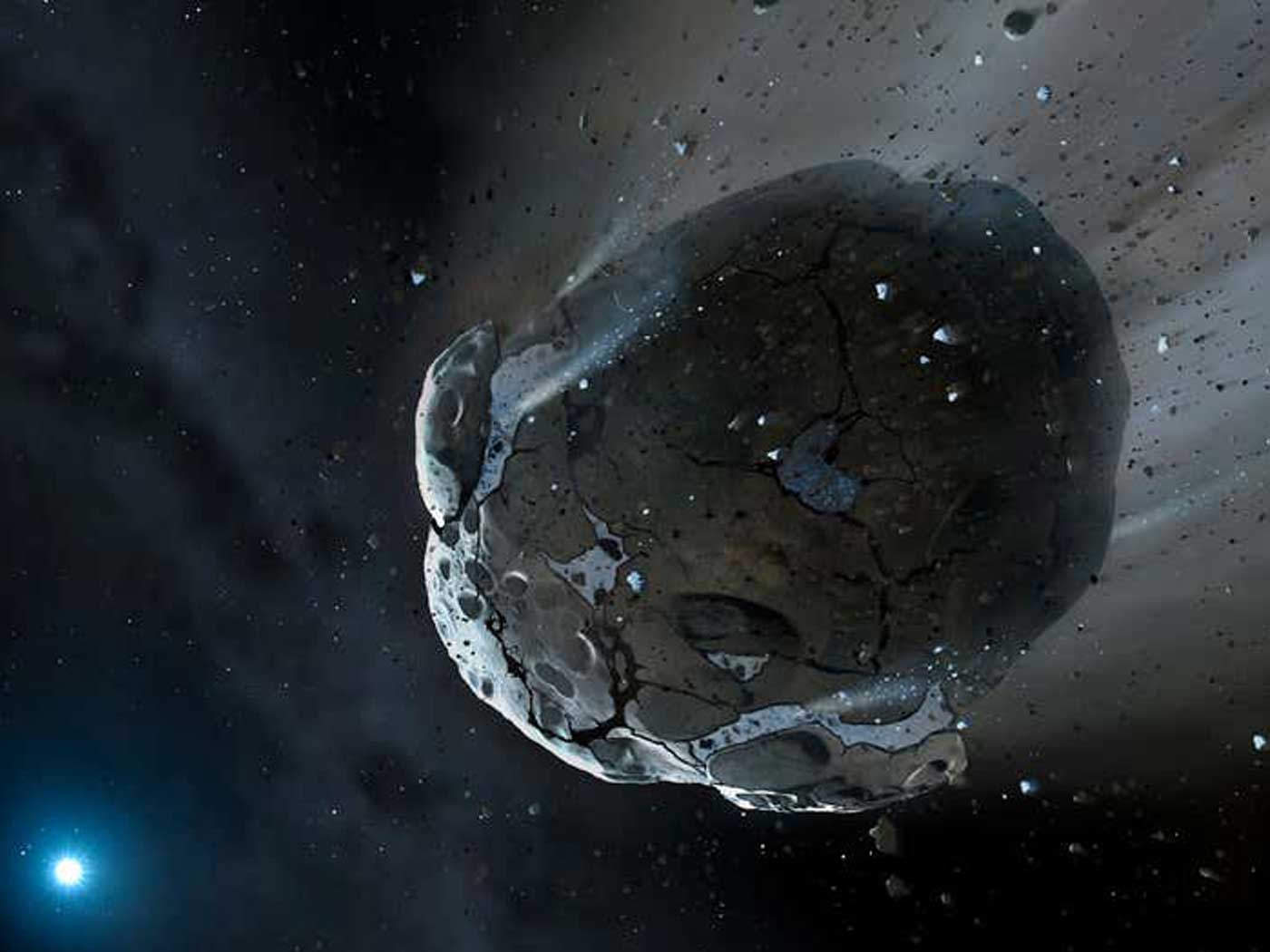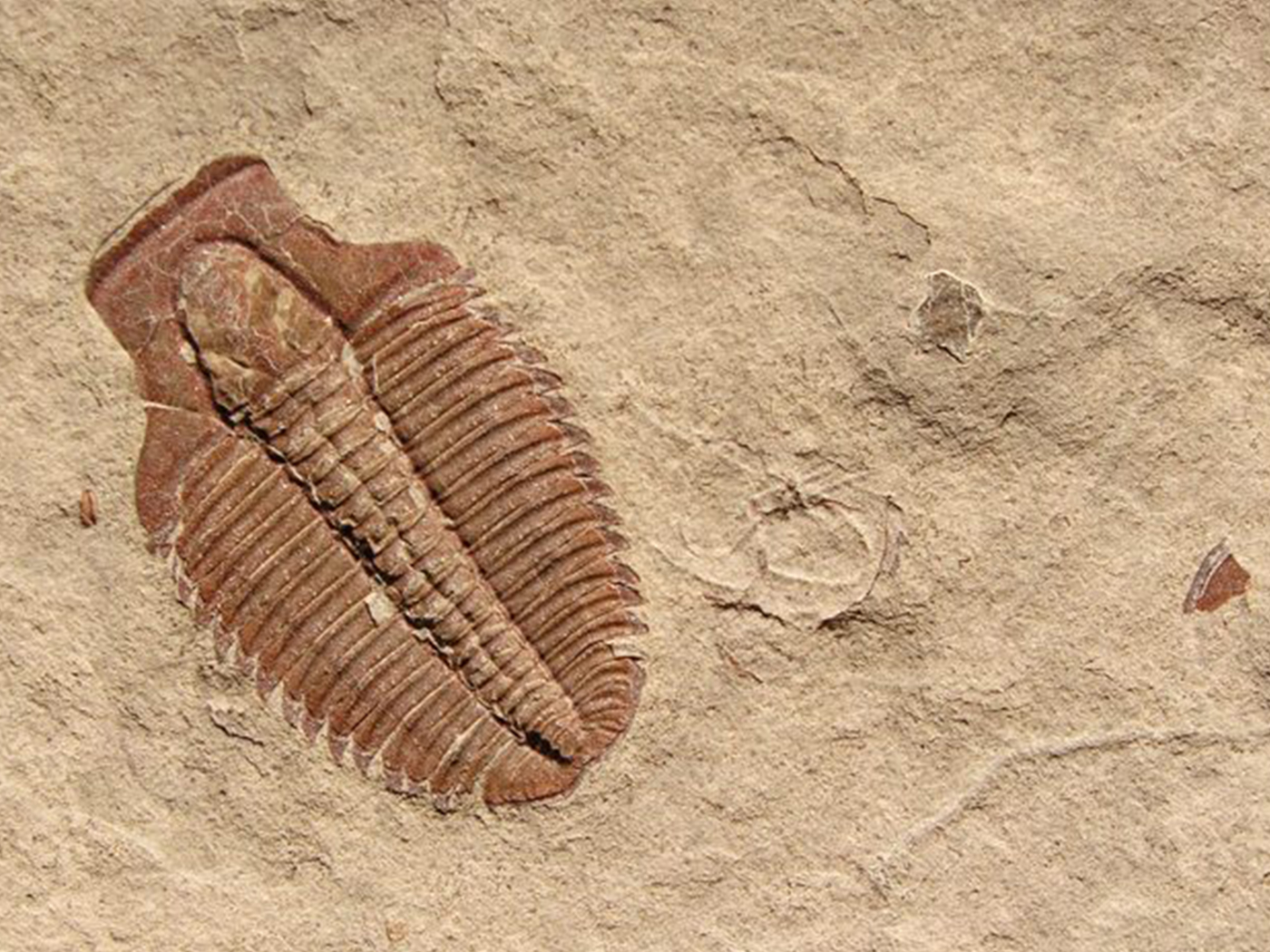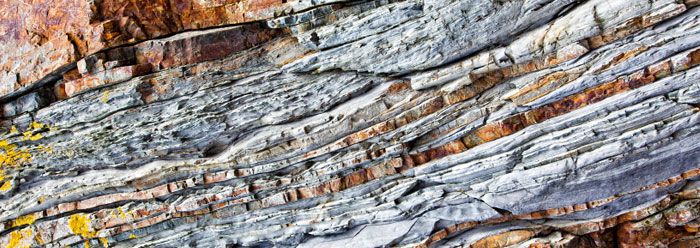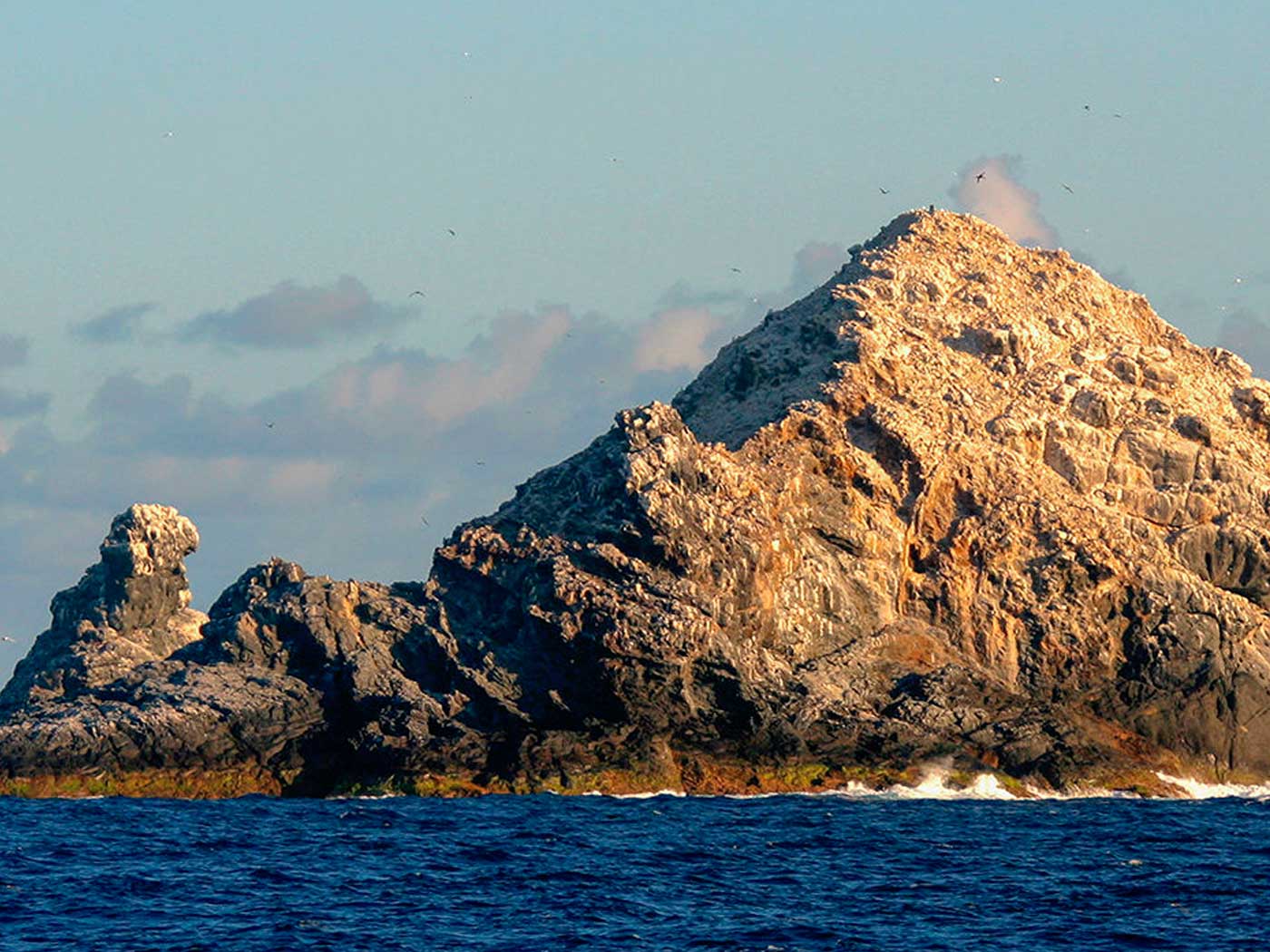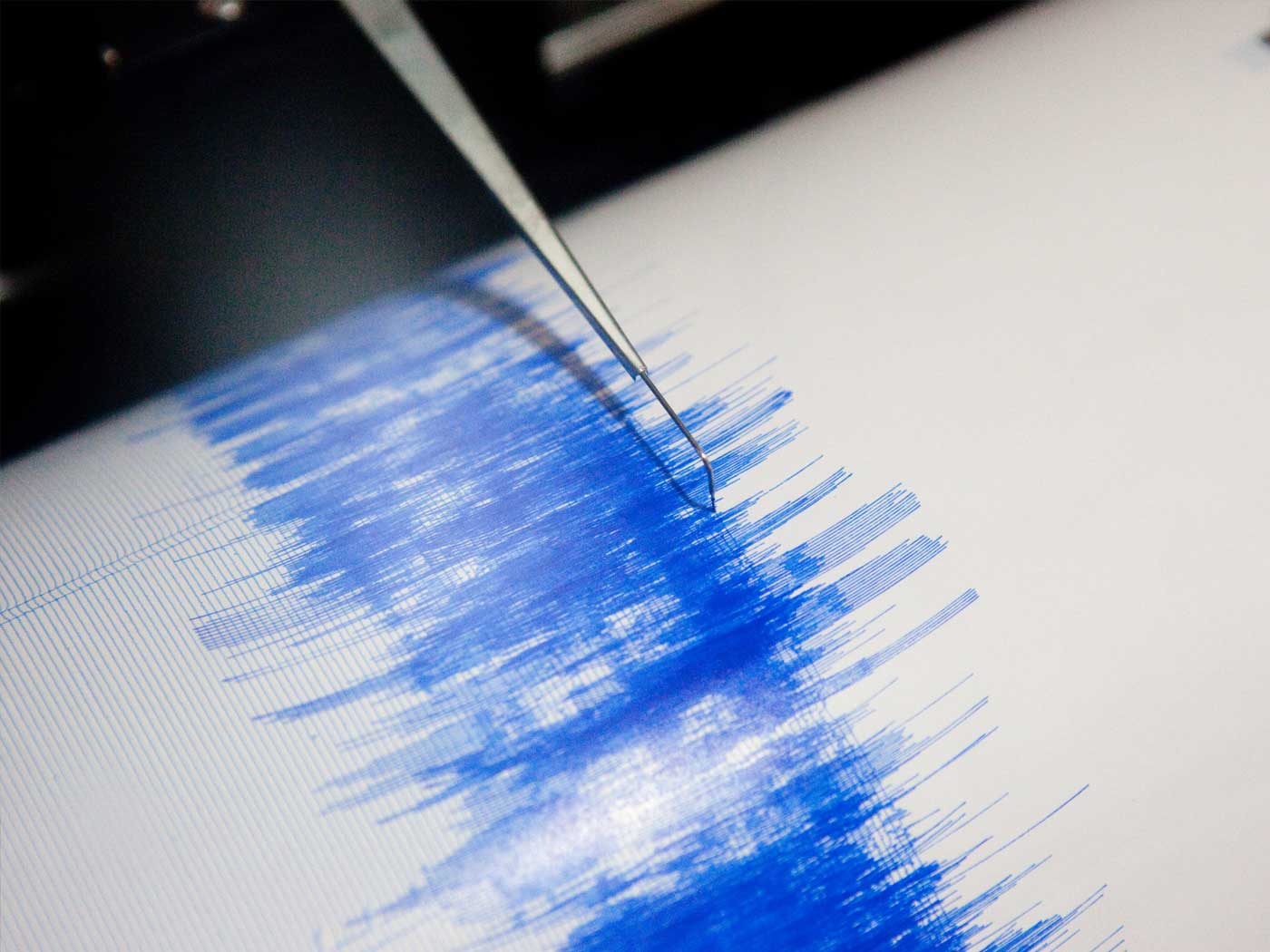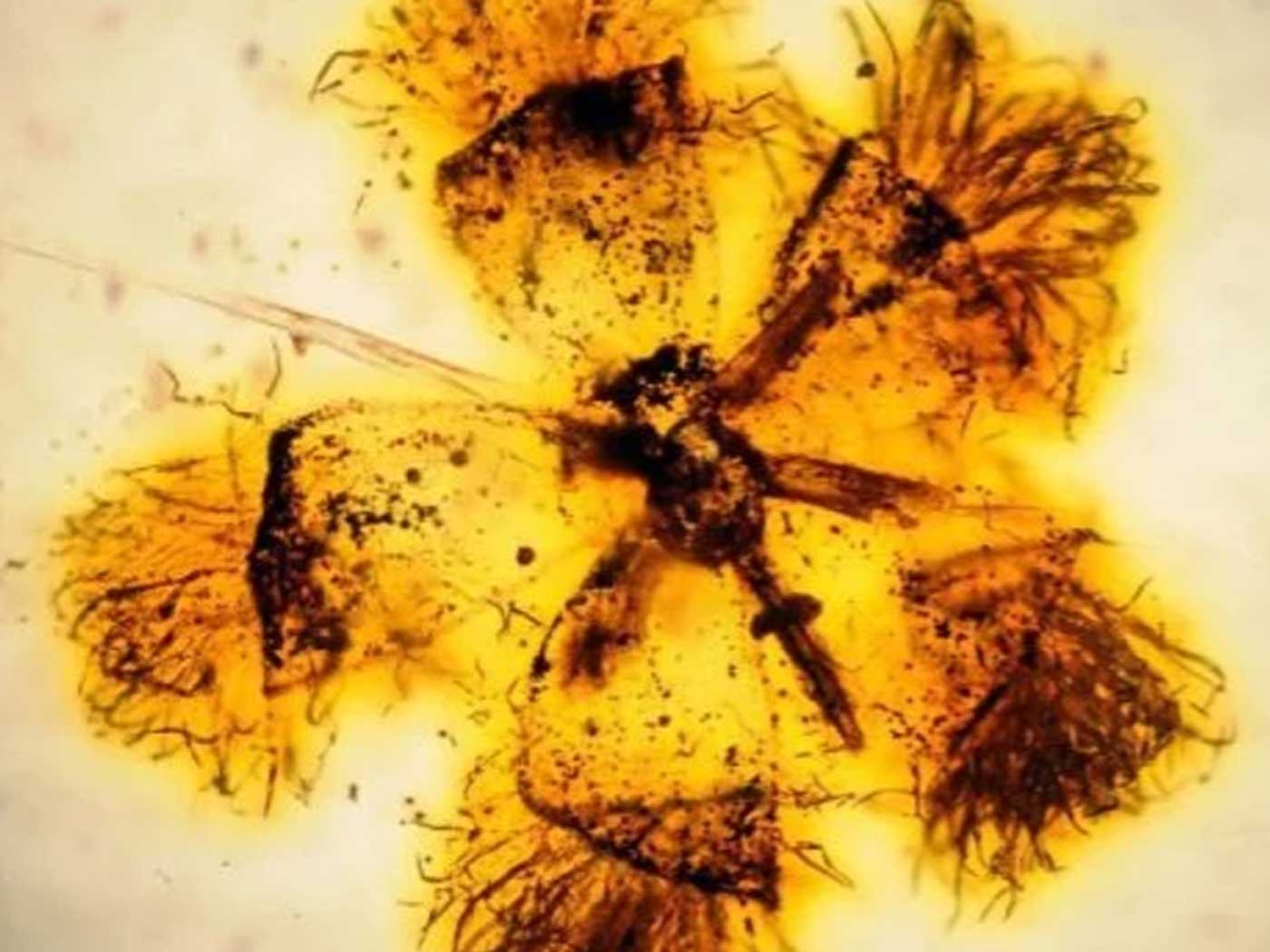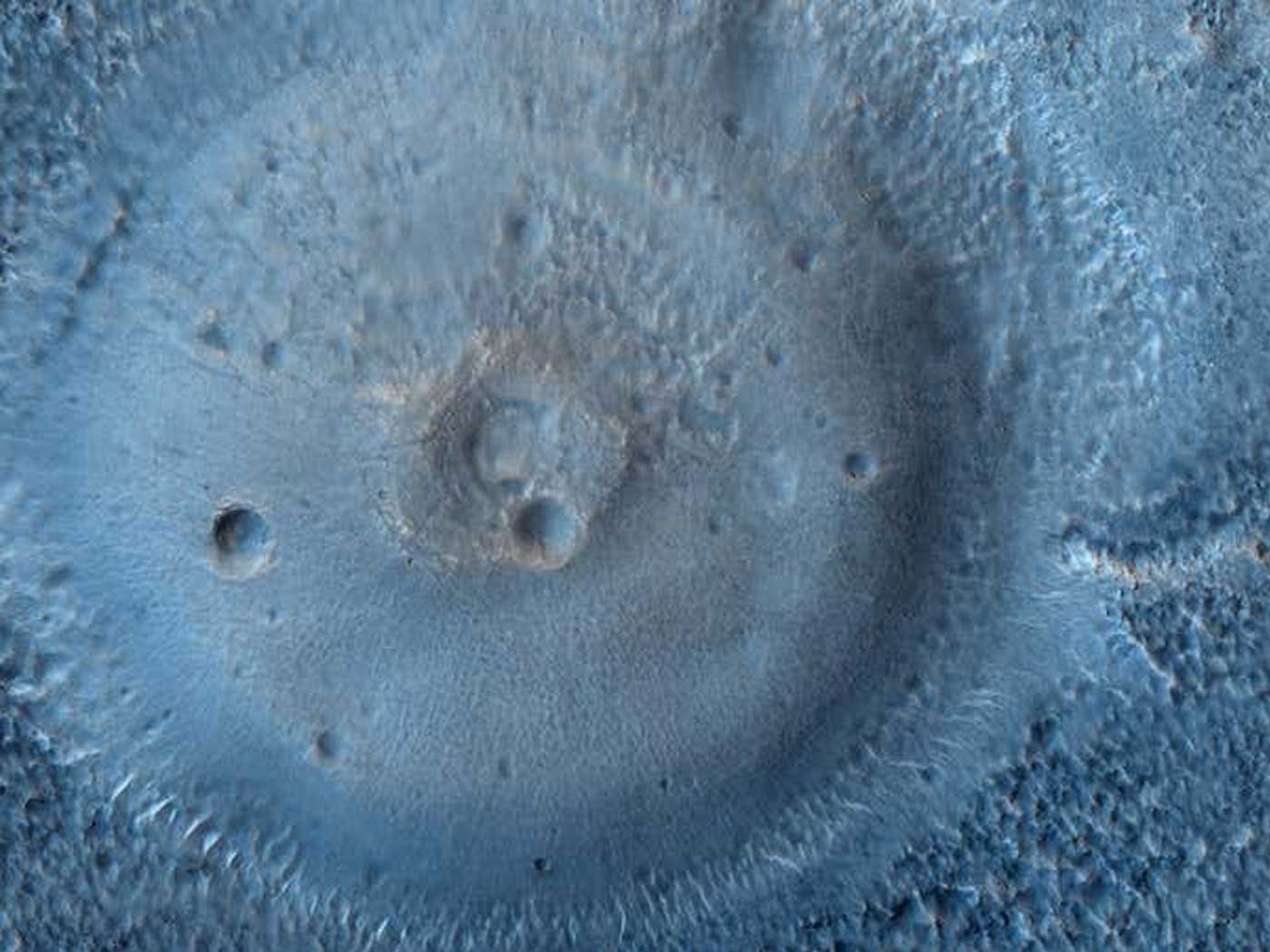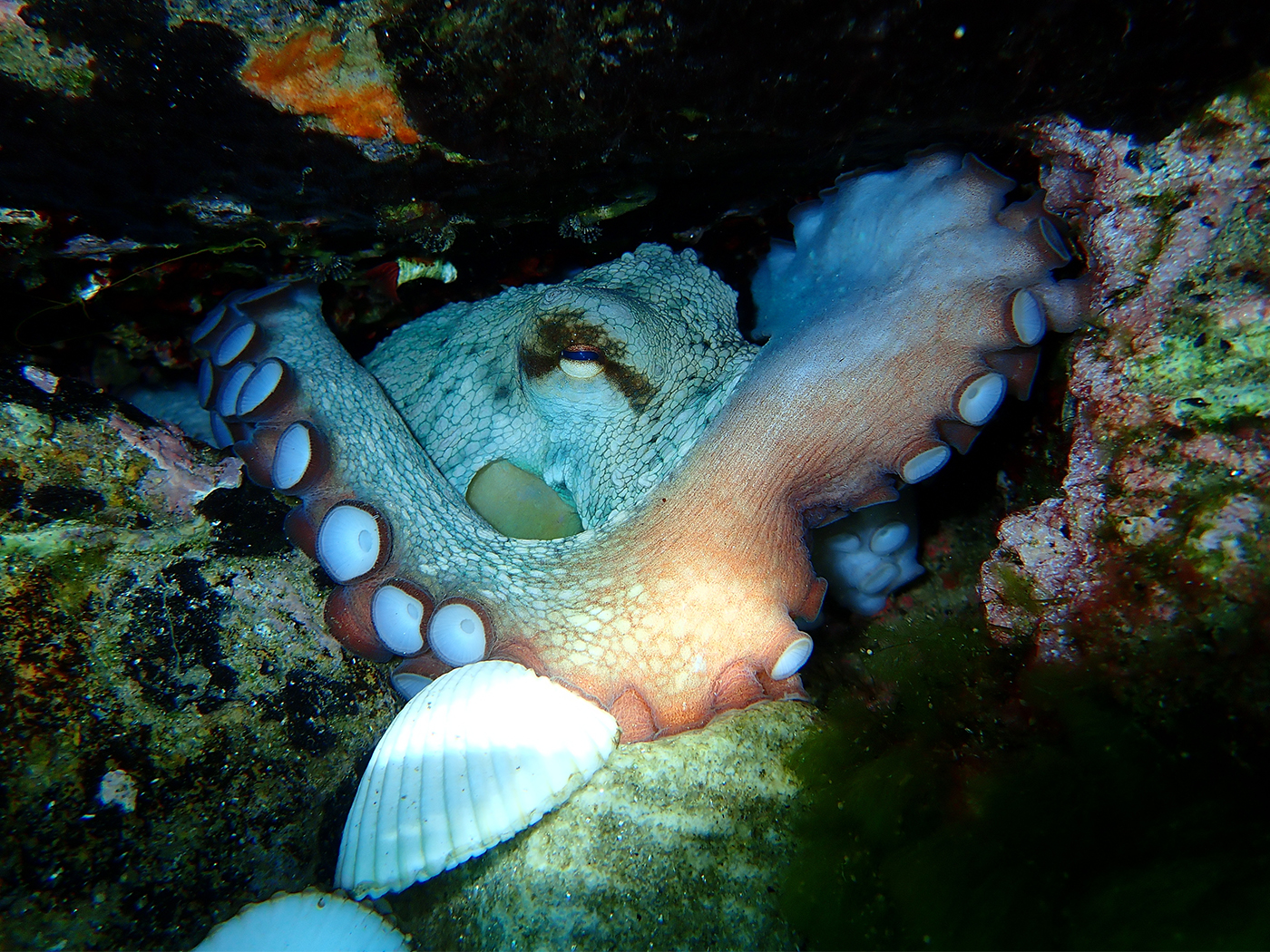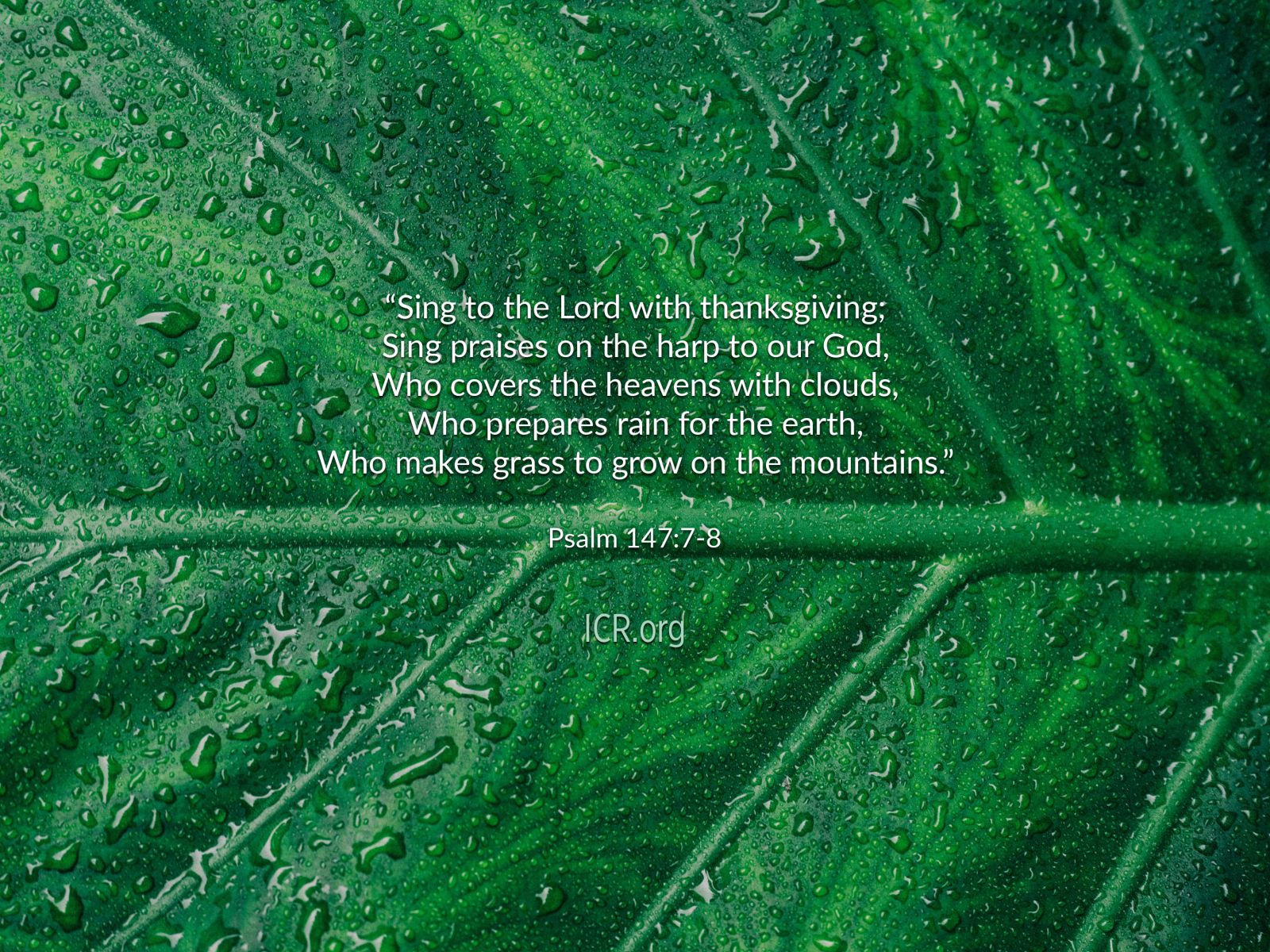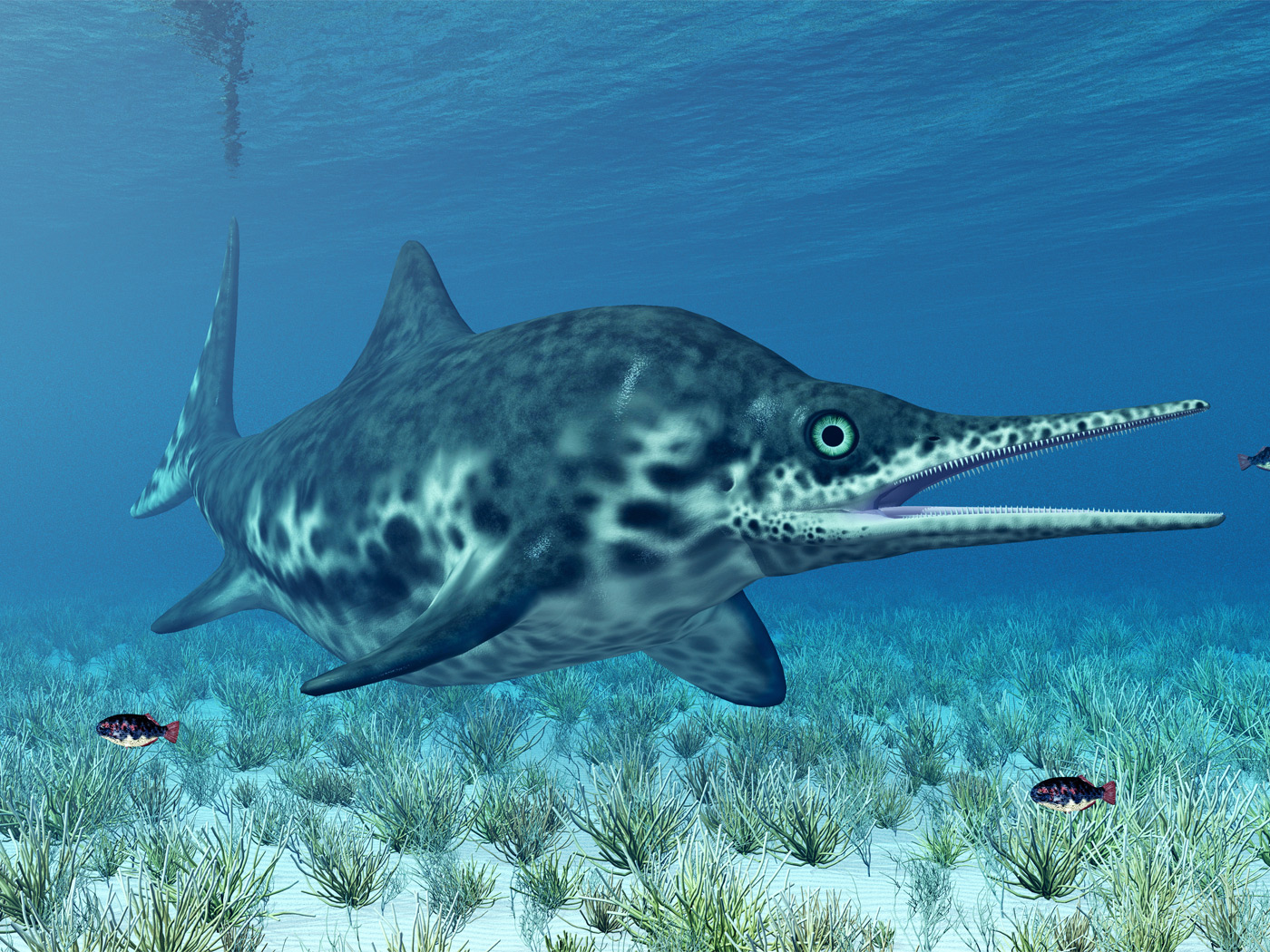Jonathan R. Bedford—from the Helmholtz Centre Potsdam, GFZ German Research Centre for Geosciences in Potsdam, Germany—and colleagues from several other institutions were monitoring ground stations within the Global Navigation Satellite System. They noticed some odd occurrences five to seven months before a major earthquake. These were no ordinary quakes. These were two of the largest magnitude quakes in recorded history.
Specifically, they examined the ground motion records from the 8.8 magnitude 2010 earthquake near Maule, Chile, and the 9.0 magnitude 2011 earthquake near Tohoku-oki off the coast of Japan.2 Both quakes were subduction zone related and occurred near a deep ocean trench that parallels the coastline.2
The team of scientists studied five years’ worth of Global Navigation Satellite data, prior to each quake, finding some eerie similarities. They determined that the continental crust to the side of each trench first moved one way and then the opposite way in both instances. These plate reversals started about 5-7 months before the big earthquake in each area.2
They called this “wobbling” because it seemed to show the continental crust moving back and forth fairly rapidly, both toward and away from the trench. The plates didn’t move too far in each direction, just 4-8 millimeters (0.16 -0.32 inches), much less than modern plate movement rates of several centimeters (1-3 inches) per year.1
Lead author Jonathan Bedford said,
It is a common assumption that deeper subduction proceeds at a fairly constant speed in between large earthquakes. Our study shows that this assumption is an oversimplification. In fact, its variability might be a key factor in understanding how the largest earthquakes nucleate.2
The scientists cautioned that this may not lead to better earthquake predictions in the short-term because the phenomenon in each case happened over many months. Until more earthquakes occur at the same locations, giving more data points, this method may not be very helpful in pinpointing any predictions.
Bedford added,
It would not be wise for a geophysicist to issue such [an earthquake] warning. The observed signals of this study are not necessarily precursory movements of a major quake. The general public should always be prepared.2
Today’s subduction zone earthquakes are reminders of the massive-scale tectonic activity that took place in the Flood, about 4,500 years ago. During the Flood year, the original created ocean seafloor was rapidly consumed at rates of several meters (6-8 feet) per second. Creation geophysicist John Baumgardner called this “runway subduction” or “catastrophic plate tectonics.”3
After all of the original ocean crust was subducted into the mantle, the plate movements slowed dramatically to the rates we witness today. The cooling of this entirely new lava seafloor caused the ocean basins to sink and helped to draw the water off the land at the end of the Flood.4
The few massive subduction zone earthquakes today must pale in comparison to the many thousands that occurred during the Flood year. We can be thankful that the ark both protected and preserved life during this world-changing event. God had a plan.
References
1. Bedford, J.R. et al. 2020. Months-long thousand-kilometre-scale wobbling before great subduction earthquakes. Nature. 580: 628–635.
2. Schmidt, F. Tectonic plates reverse their movement before major earthquakes. DW.com. Posted on dw.com April 29, 2020, accessed May 6, 2020.
3. Baumgardner, J. 1994. Runaway Subduction as the Driving Mechanism for the Genesis Flood. In Proceedings of the Third International Conference on Creationism. R. Walsh, ed. Pittsburgh, PA: Creation Science Fellowship Inc., 63-75.
4. Clarey, T. 2020. Carved in Stone. Dallas, TX: Institute for Creation Research, 114-151.
*Dr. Clarey is Research Associate at the Institute for Creation Research and earned his doctorate in geology from Western Michigan University.





